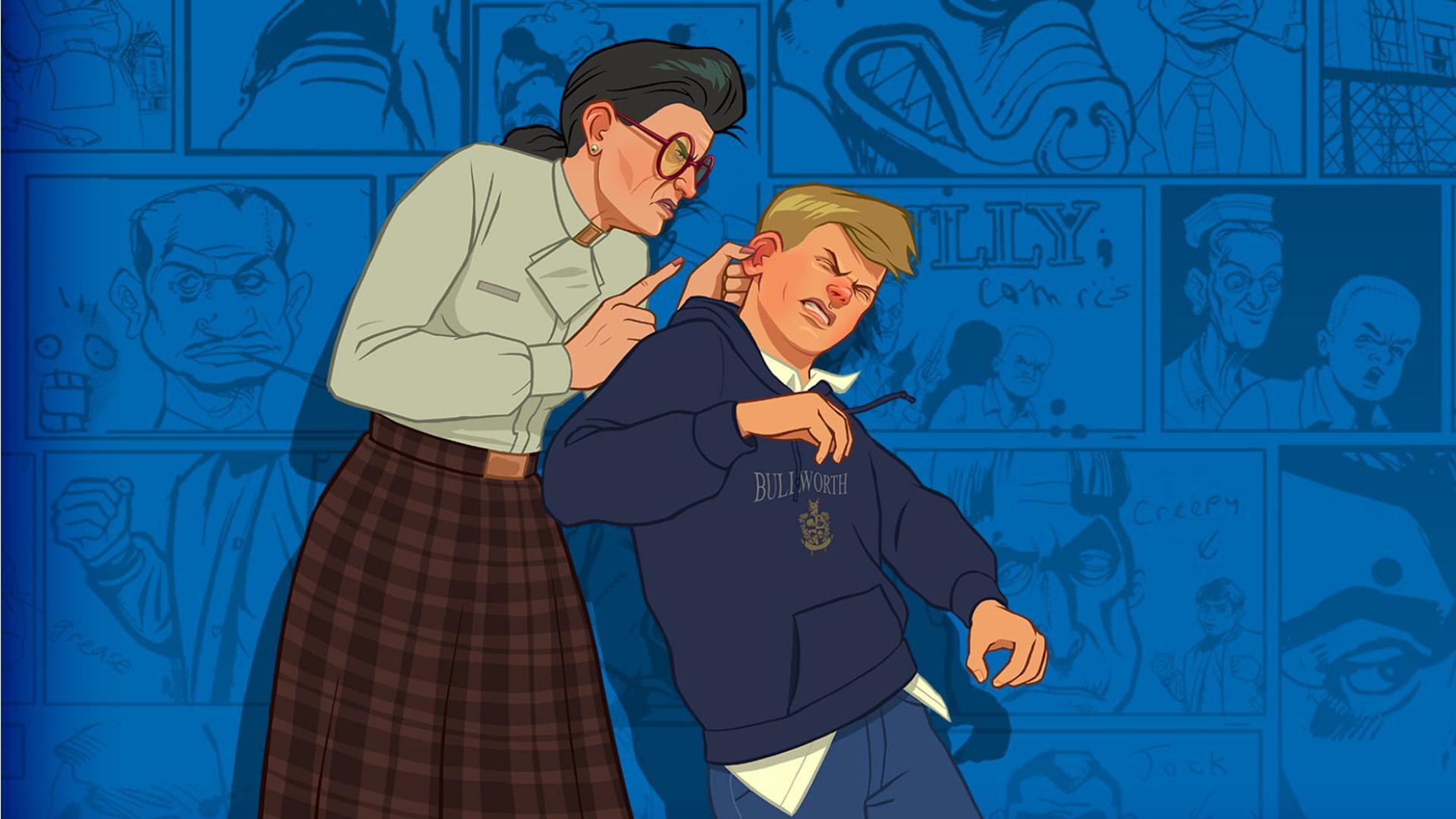For nearly two decades, fans have held out hope for a return to Bullworth Academy. The 2006 title Bully remains one of Rockstar Games' most beloved and unique creations, a cult classic that swapped the sprawling criminal underworlds of Grand Theft Auto for the clique-filled hallways of a troubled boarding school. Despite years of rumors and apparent leaks, a sequel never materialized. Now, Rockstar co-founder Dan Houser has provided a long-awaited, if bittersweet, explanation for why Bully 2 remains one of gaming's biggest what-ifs.
The Enduring Legacy of Bullworth
Before diving into the reasons for its absence, it's important to remember why the demand for a Bully sequel has been so persistent. Released in 2006, Bully (or Canis Canem Edit in some regions) was a masterclass in world-building and tone. Players took on the role of Jimmy Hopkins, a cynical but ultimately good-hearted teen dumped at the gates of the corrupt Bullworth Academy. The game brilliantly captured the microcosm of high school society, complete with jocks, nerds, preppies, and greasers. It blended Rockstar's signature open-world mechanics with a unique gameplay loop of attending classes, navigating social hierarchies, and standing up to bullies. Its charm was undeniable, and it carved out a niche that no other game has quite managed to fill since. For years, the silence from Rockstar on a potential follow-up has only fueled fan speculation and desire.
Houser on Creative Triage
In a recent discussion, Dan Houser, a key creative force behind Rockstar's most iconic titles, finally addressed the phantom sequel. His reasoning is a candid look into the realities of AAA game development. When asked about projects that never came to fruition, Houser's explanation was direct: "You just can't do all the projects you want." While he didn't delve into specific development timelines or cancellations, his statement speaks volumes about the concept of opportunity cost at a studio operating at Rockstar's scale. The years following Bully's release saw the studio pour its immense resources into developing and supporting juggernaut franchises like Grand Theft Auto IV, Red Dead Redemption, Max Payne 3, Grand Theft Auto V, and Red Dead Redemption 2. Each of these titles represented a monumental undertaking, requiring the full attention of thousands of developers for many years. In this high-stakes environment, a project like Bully 2, while beloved by a passionate fanbase, simply may not have fit into the grand strategy. The resources required to do it justice would have meant pulling talent and focus from franchises that were, by any metric, guaranteed global blockbusters.
What Could Have Been
The confirmation that Bully 2 was a casualty of prioritization will be a tough pill for many fans to swallow, especially given the tantalizing potential of a modern sequel. One can only imagine how Rockstar's evolved storytelling and world design, so masterfully demonstrated in Red Dead Redemption 2, could have been applied to a new Bullworth story. A modern-day sequel could have explored complex contemporary themes like cyberbullying, social media pressures, and the evolving landscape of teenage life. The potential for a more dynamic social system, deeper character interactions, and an even more richly detailed school and town environment is immense. The idea of a more mature, nuanced take on Jimmy Hopkins' world, powered by the RAGE engine, will likely remain a tantalizing "what if" for the foreseeable future.
The Door Isn't Entirely Closed, But...
With Dan Houser having since departed Rockstar Games to form his own studio, Absurd Ventures, and Rockstar itself fully focused on the upcoming behemoth that is Grand Theft Auto 6, the prospects for Bully 2 seem dimmer than ever. Houser's comments confirm that it was a project the studio had on its mind, but ultimately, hard choices had to be made. For now, fans are left with the cherished memories of the original classic and the bittersweet knowledge that, in the demanding world of game development, even the most brilliant ideas sometimes have to stay on the drawing board.
